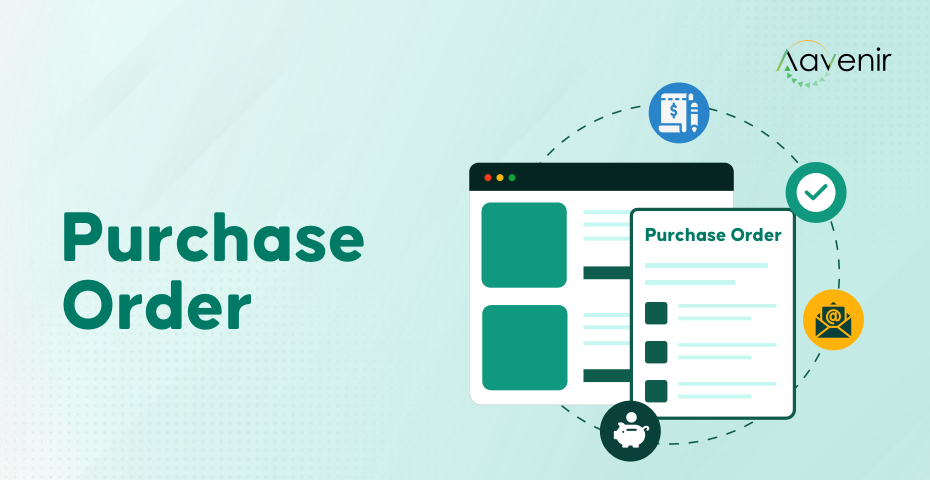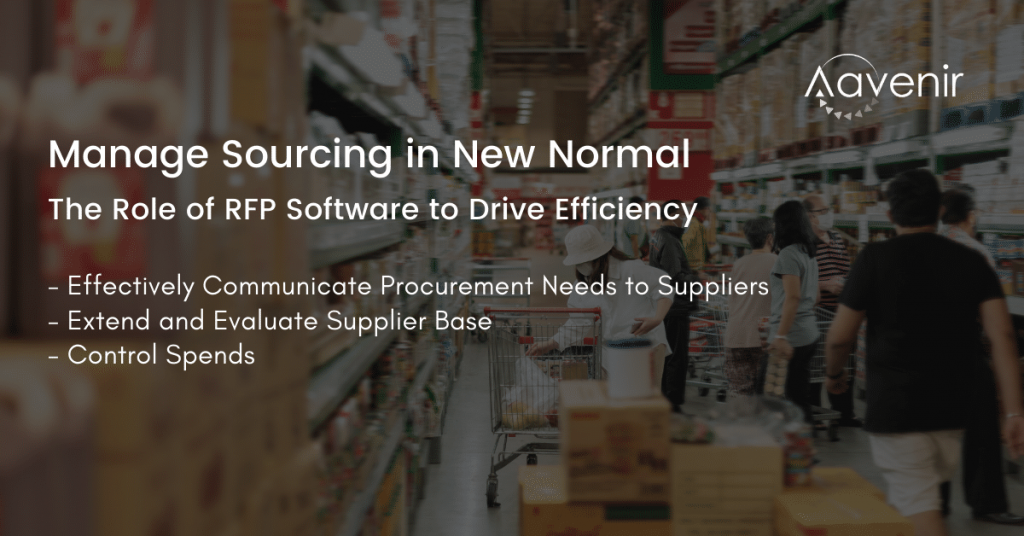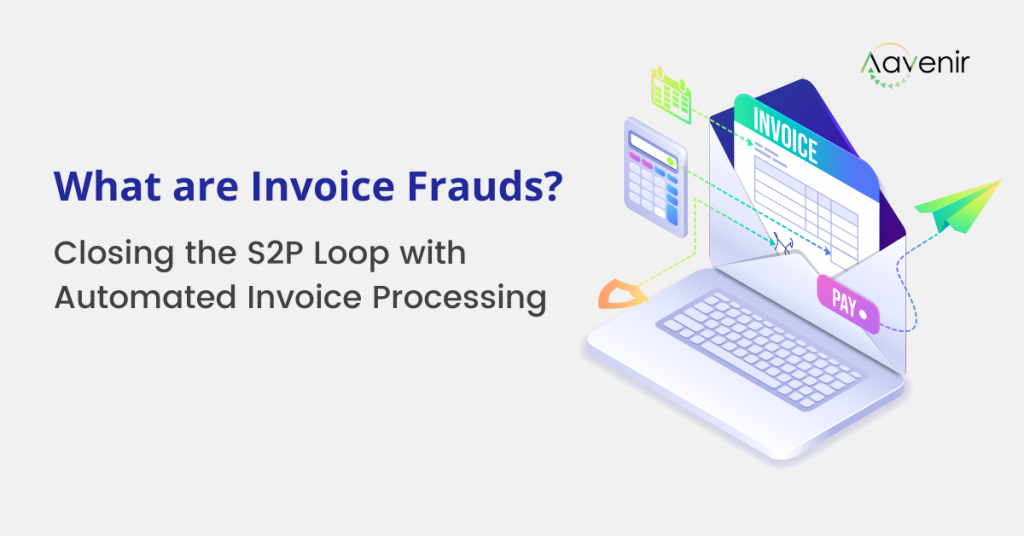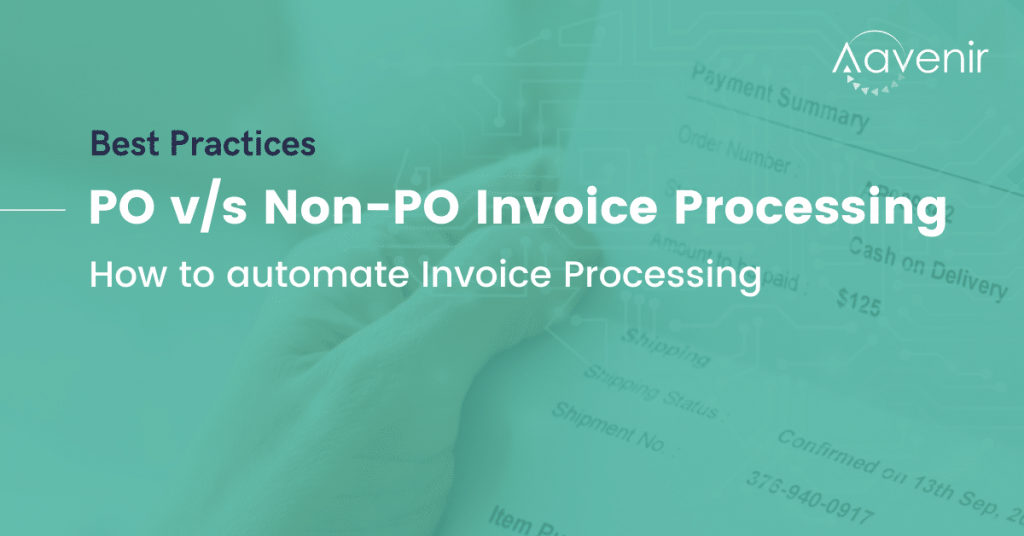What is a Purchase Order?- Definition
A purchase order (PO) is a commercial document and first official offer issued by a buyer to a seller indicating types, quantities, and agreed prices for products or services. It is used to control the purchasing of products and services from external suppliers. Purchase orders can be an essential part of the enterprise resource planning system orders.

Understanding Purchase Order
Purchase orders (POs) are documents sent from you, as the buyer, to a supplier with a request for products or services as an order. Each PO will include a number for tracking the purchase order throughout the system, as well as the type of item (with identifying SKU if required), quantity, and agreed upon pricing.
Purchase orders are beneficial for both the buyer and seller. By issuing purchase orders, small businesses can specify what goods and services they need from their suppliers and when they need them.
This keeps the small business' operations efficient and organized. It also allows the seller to ensure they can provide the goods and services requested before committing to fulfillment, giving the buyer time to plan accordingly.
Additionally, purchase orders can help the buyer and seller maintain accurate, detailed records for auditing and financial statements
Steps in creating a Purchase Order
1. Buyer creates a purchase requisition
Before sending out the purchase order to the supplier, the first step is to create a purchase requisition. This is a document issued within the company to the purchasing department to keep track of the goods ordered.
The purchase requisition also helps the company keep an account of their expenses. The PO is created only after the purchase requisition is approved by the authorized manager.
2. Buyer creates a purchase order
When the goods that need to be purchased are agreed upon, the purchase order is created. The PO lists the date of the order, FOB shipping information, discount terms, names of the buyer and seller, description of the goods being purchased, item number, price, quantity, and the PO number.
The PO number is a unique number associated with a certain order. It serves two purposes. One is to ensure that the goods ordered match the ones that are received. Secondly, the PO number is matched to the invoice to make sure the buyer is charged the right amount for the goods.
3. Seller accepts (or rejects) purchase order
At the bottom of the purchase order is a dotted line for the authorized manager of the seller to sign off on the order. The PO includes all the details about the transaction and what the buyer expects to receive. Once the seller receives the PO, they have the right to either accept or reject the document. However, once the PO is accepted, it becomes a legally binding contract for both parties involved.
4. Buyer records purchase order
Once the order has been placed, the purchase order remains “open.” An open purchase order is a PO where the order is placed but the goods have not yet been received, or it can mean that only part of the order has been received. Either way, it signifies that the delivery of the goods is not complete.
Benefits of Purchase Order
Avoids duplicate orders
Purchase orders bring several benefits to a company. The most important is that it helps avoid duplicate orders. When a company decides to scale the business, POs can help keep track of what has been ordered and from whom.
Also, when a buyer orders similar products, matching the invoices can be difficult. The PO serves as a check for the invoices that need to be paid.
Keeps track of incoming orders
In addition, POs help keep track of incoming orders, and a well-organized purchase order system can help simplify the inventory and shipping process.
Serves as legal documents
Purchase orders serve as legal documents and help avoid any future disputes regarding the transaction.
Explore Additional Resources to Know More




